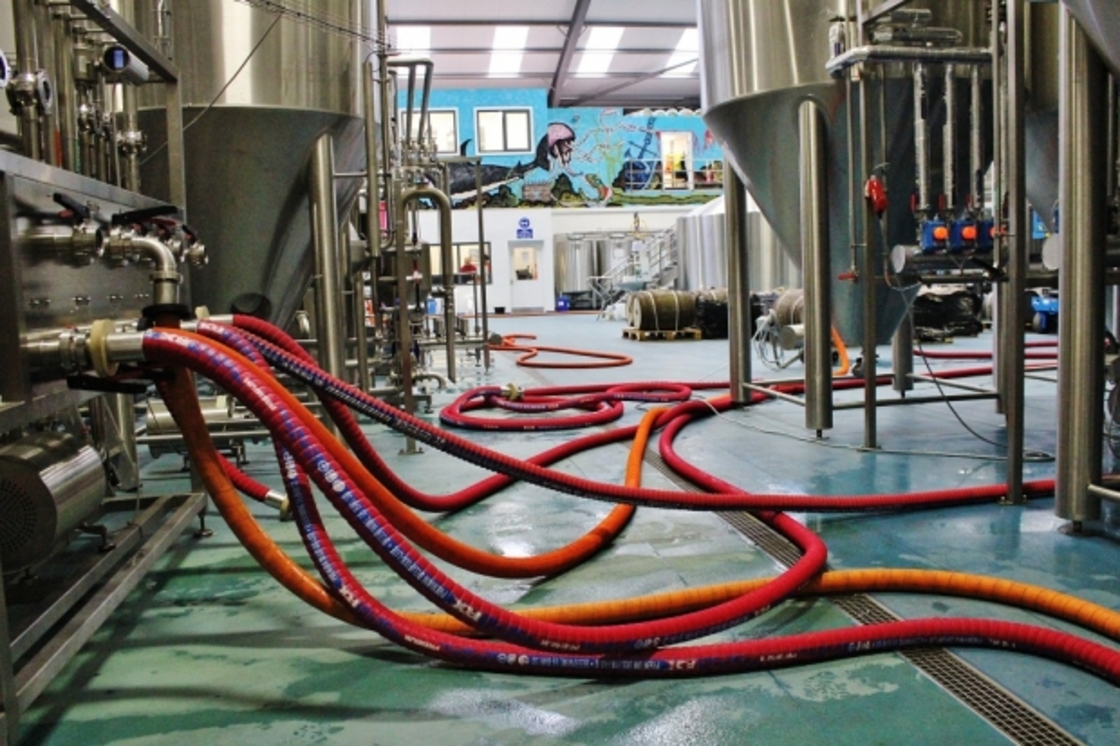Brew Team Confidential: Home Brewing 101

Last month our Camden home brew maestro, Zara Hale, brought you some handy hints on how to start making beer in your living room.
Now we’ve quizzed our very own brew team to get you insider tips on home brewing; a scene that’s seen astronomic growth and shows no sign of slowing down.
So here are the misadventures and adventures of homebrew, through the eyes of our very own brew team…
John: “Knowing where to start when it comes to home brewing can be tricky. For inspiration, check out the Beer Judge Certification Programme website - they do a list of all known styles and the characters of different types of beer. It will also suggest hops and malts you might like to use for certain styles meaning you can match characteristics of beers to hops and malts to create your own unique hybrid.” 
Charlotte: “Starting off with an extract kit is a decent stepping stone into real home brewing. Even if you don't like the end result it's a good way to learn the process. Then you can introduce your own herbs, hops and experiment; you can slowly move up to all grain brewing. Another tip is to brew around 25 litres of a pale ale then use different demijohns to experiment with dry hopping using different hops.” 
Steve: “I got my job at BrewDog because I was such a dedicated home brewer! While living in Canada there was some awesome home brew shops (Dan’s Home Brew Supplies in Vancouver being one of my favourites) and so I took to making my own beers. It’s best to brew in the kitchen, where you can make less lasting mess. Never ferment on a carpet; otherwise you’ll end up with a very angry partner! Bin bags are also handy for reducing the chance of making a right ol’ mess.”
Ryan: “Sanitation is the key to success. You can't make a really bad beer with good sanitation. Stock up on stuff like PVW - powered brewery wash and clean all your equipment in the bath. The first home brew beer I made was getting cold so I stuck it in the sun...it was light struck and horrible. UV light causes a chemical reaction in the hops so the taste becomes ‘skunky’. This is why beer is bottled in brown bottles; to block out the UV. Beers in clear bottles are highly unlikely to use real hops, they probably use hop extract or flavouring syrups instead so stock up on brown bottles to protect your beer!”
Russell: “Do as many home brews as possible. After about 100 attempts the beer will start to taste good! There's a lot more control in modern breweries so don’t beat yourself if your first few attempts don’t even taste like beer; it’s tricky! Be prepared for plenty trial and error.”
Want more ideas about how to get into home brewing? Feel free to ask our brew team questions using the comments box below!

Join the Discussion
Comments (20)